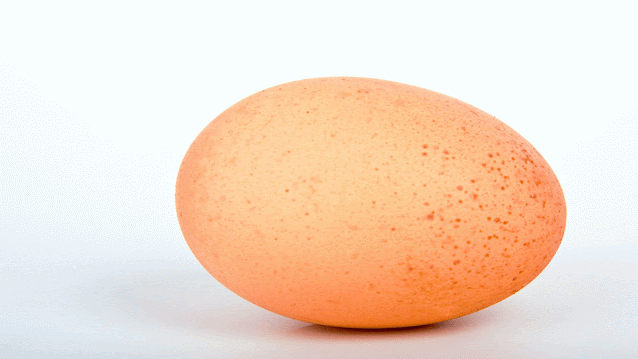Origin of Viruses
In the last closing
decade or so, molecular biologists have developed a wide variety of effective
techniques to enlarge and sequence the genome of any organism or virus of
interest. The correlation between sequence data, classical physiological,
biochemical and morphological analyses and the geological document has
furnished one of the triumphs of modern-day biology. We now recognize that the biosphere
is made up of three main superkingdoms, the eubacteria, the eukaryotes
(nucleated cells), and the archaebacteria – the latter solely found thru the
ribosomal RNA (rRNA) sequence research of Woese and his colleagues in the
previous 15 years or so. Further, evaluation of genetic modifications in
conserved sequences of quintessential proteins as nicely as ribosomal RNA
confirms that eukaryotes are greater intently associated to and, thus, derived
from the ancestors of archaea than they are eubacteria. Carefully managed
statistical evaluation of the frequency and numbers of base modifications in genes
encoding conserved enzymes and proteins mediating necessary metabolic and any
other cellular processes can be used to each measures the diploma of
relatedness between substantially divergent organisms, and supply a feel of
when in the evolutionary time scale they diverged from a common ancestor. This
data can be used to generate a phylogenetic tree, which graphically displays
such relationships. Although there is no geological document of viruses (they
do no longer shape fossils in any currently useful sense), the evaluation of
the relationship between the amino acid sequences of viral and cellular
proteins and that of the nucleotide sequences of the genes encoding them
furnish ampl genetic proof that the affiliation between viruses and their hosts
is as historic as the origin of the hosts themselves.
Some viruses
(e.g., retroviruses) combine their genetic cloth into the cellphone they
infect, and if this mobilephone occurs to be germline, the viral genome (or its
relict) can be maintained if truth be told forever. Analysis of the sequence
relationship between a variety of retroviruses found in mammalian genomes
demonstrates the integration of some kinds earlier than major groups of mammals
diverged. While the geological report can't grant proof of when or how viruses
originated, genetics gives some necessary clues. First, the good sized majority
of viruses do no longer encode genes for ribosomal proteins or genetic proof of
relicts of such genes. Second, this equal big majority of viruses do no longer
include genetic proof of ever having encoded enzymes worried in energy metabolism.
This is convincing proof that the viruses presently investigated did now not
evolve from free-living organisms. This discovering surprisingly contrasts with
two eukaryotic organelles, the mitochondrion, and the chloroplast, which are
recognized to be derived from free-living organisms.
Genetics
additionally demonstrates that a giant variety of virus-encoded enzymes and
proteins have a frequent beginning with cell ones of comparable or associated
function. For example, many viruses containing DNA as their genetic cloth have
viral-encoded DNA polymerases that are related to all different DNA
polyisomerases remoted from plants, animals, and archaea. Statistical
evaluation of the divergence in three fantastically conserved areas of
eukaryotic DNA polymerases recommend that the viral enzymes such as each these
from herpesviruses, and poxviruses and loved ones (including mimiviruses) have
existed as lengthy as have the three superkingdoms themselves. Indeed,
convincing arguments exist that the viral enzymes are more similar to the
ancestral form. This, in turn, implies that viruses or virus-like self-replicating
entities (replicons) had a fundamental role, if now not the primary role, in
the foundation of DNA-based genetics. Another instance of the shut genetic
interweaving of early cell and early viral lifestyles forms is considered in
the sequence evaluation of the reverse transcriptase enzyme encoded by means of
retroviruses, which is actually required for changing retroviral genetic facts
contained in RNA to DNA. This enzyme is associated to an essential eukaryotic
enzyme worried in reduplicating the telomeres of chromosomes upon cellphone
division – an enzyme primary to the eukaryotic mannequin of genome replication.
Reverse transcriptase is additionally observed in mobile transposable genetic
elements (retrotransposons), which are round genetic factors that can pass from
one chromosomal location to another. Thus, the relationship between positive
parts of the replication cycle of retroviruses and mechanisms of gene
transposition and chromosome upkeep in cells is so intimately worried that it
is not possible to say which took place first.









0 Comments